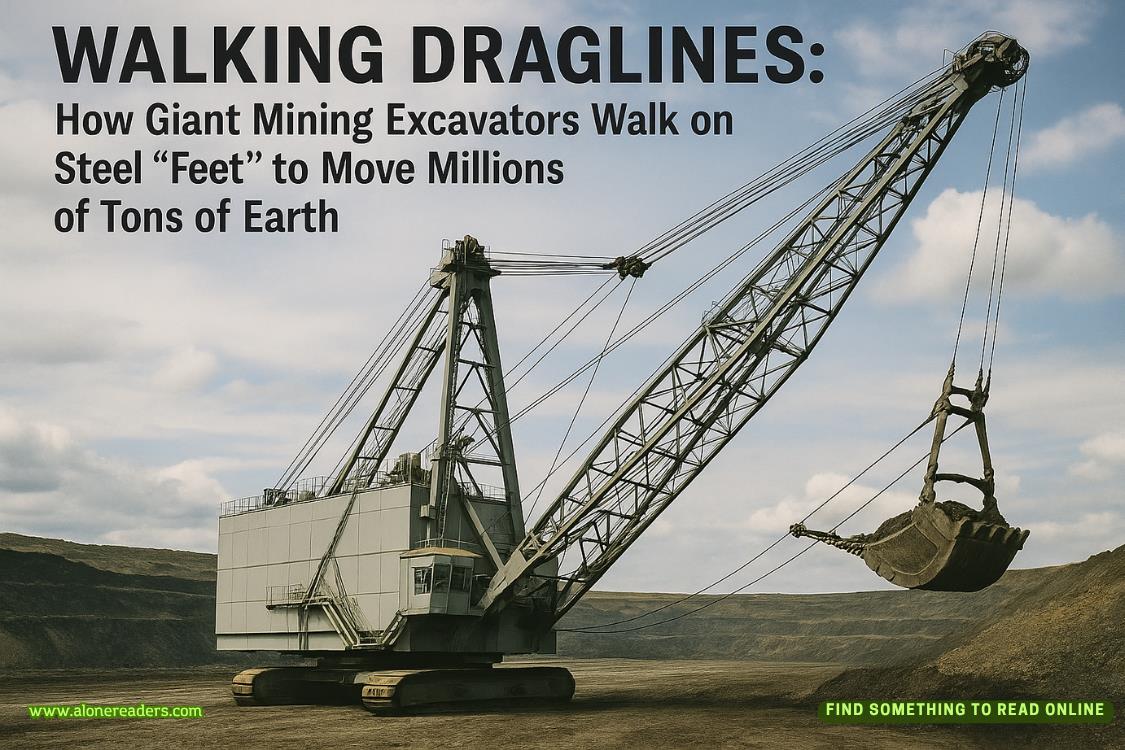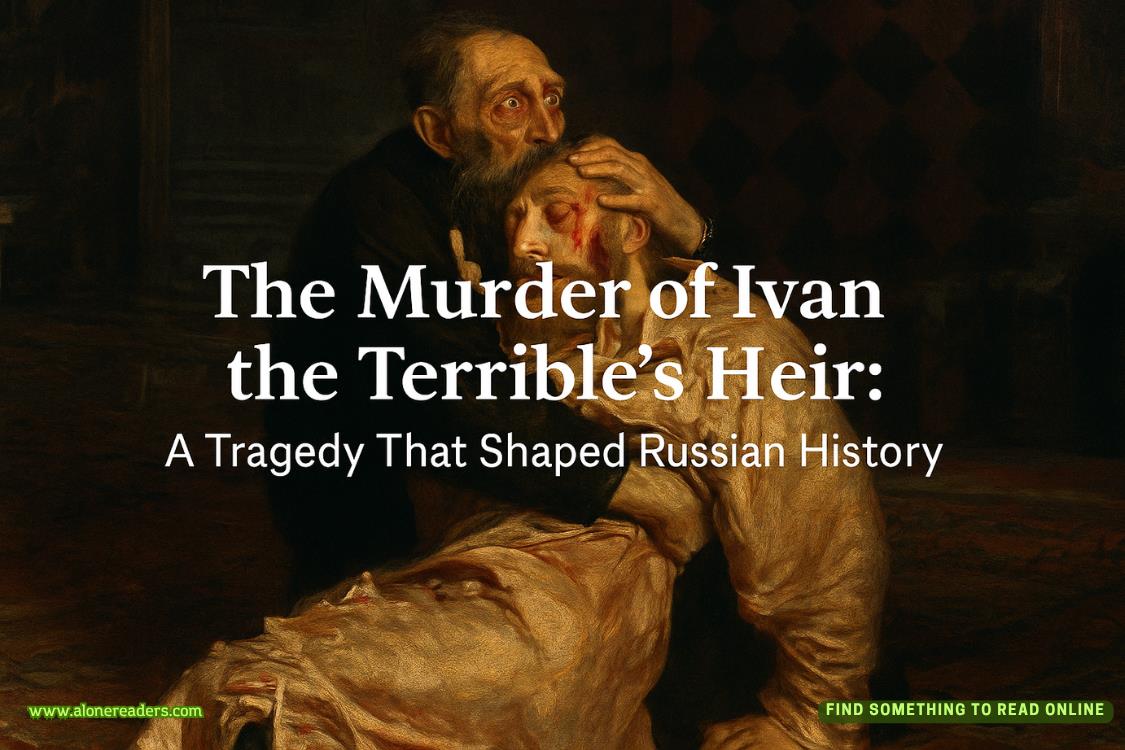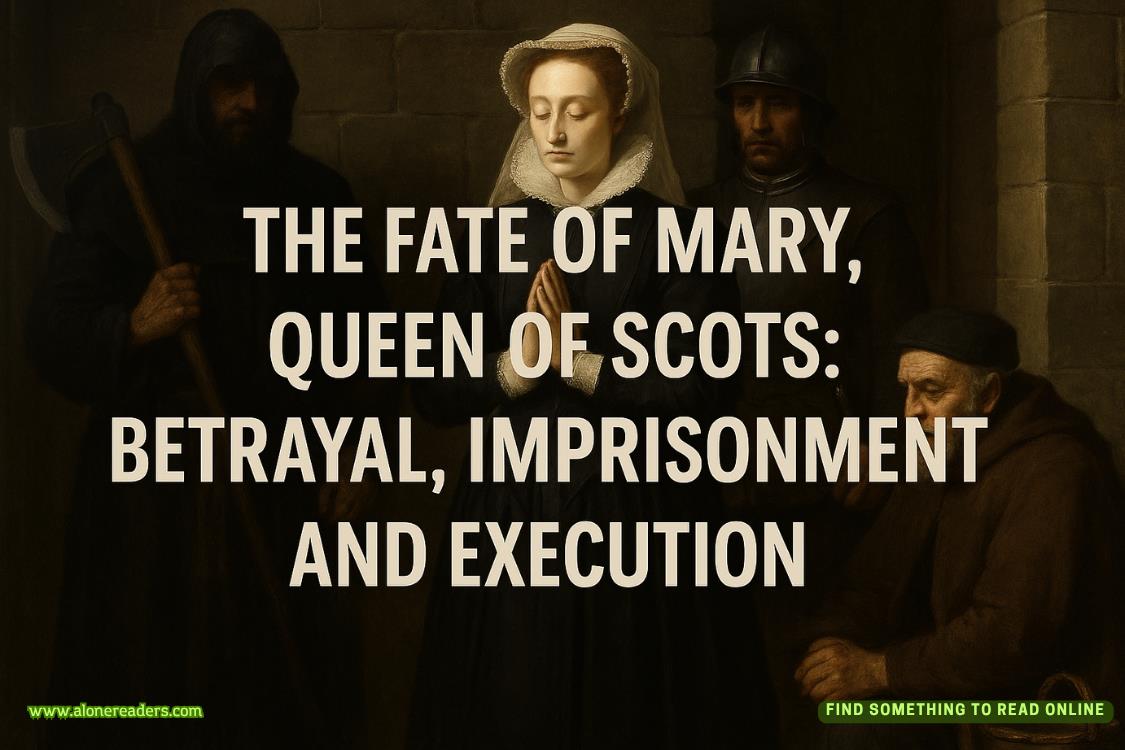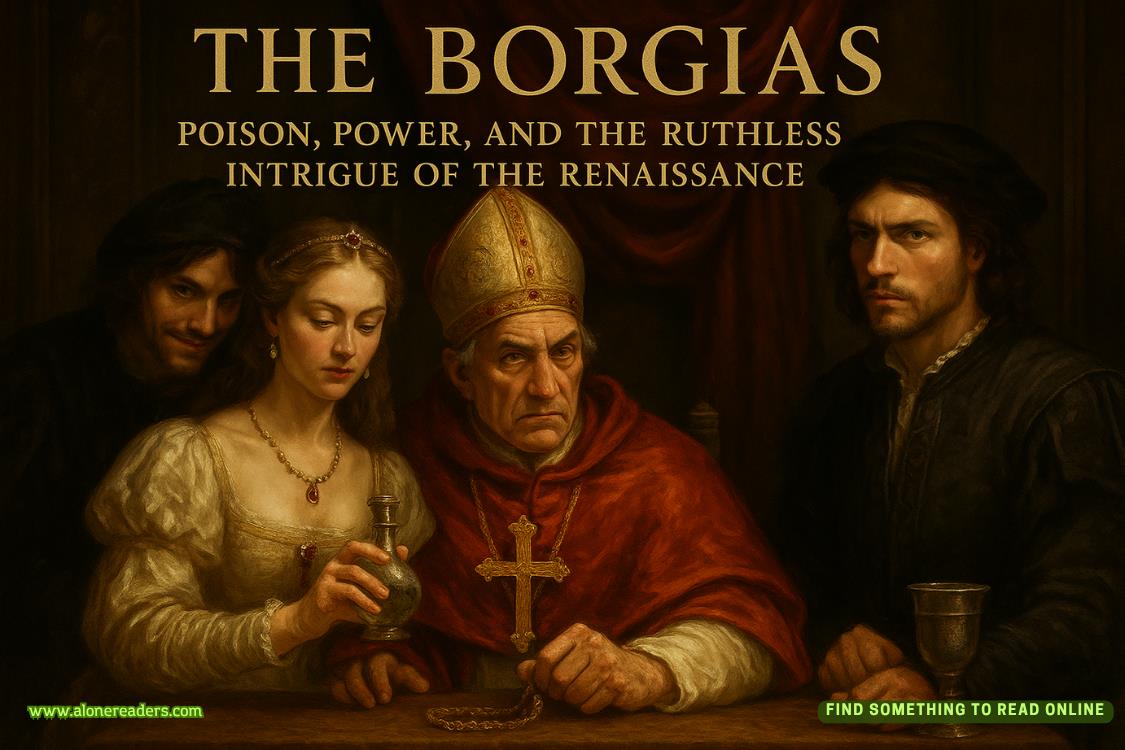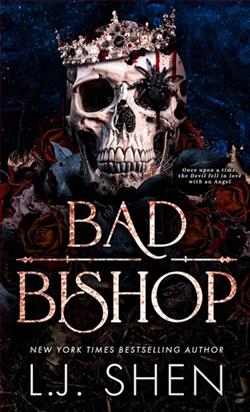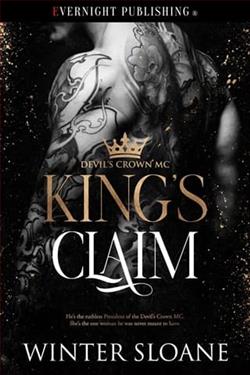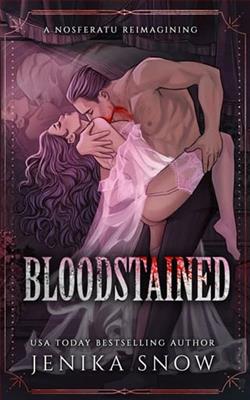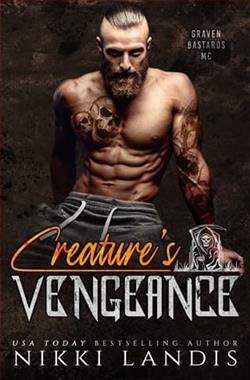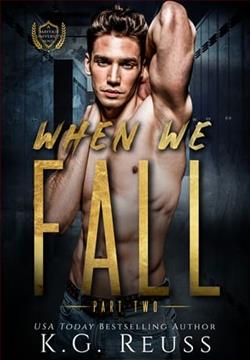Page 7 of Don't Tell Me How to Die
THREE
During my mother’s illness, my father had lovingly washed and waxed the Mustang, so when Mom backed it out of the garage for the first time in months, the bright red car gleamed in the afternoon sun like one of those vintage fire engines that roll up Waterfront Avenue every Fourth of July.
The top was down, the shiny black boot snapped snugly in place, and with her mixtape already queued up in the cassette player, Mom made it clear that she was not only behind the wheel; she was also in charge of the music.
While Mom was packing the picnic basket, Lizzie and I had tried to guess what the first song on the tape would be.
“Slam dunk,” Lizzie said. “‘Love Will Keep Us Together.’ The Captain and Tennille. It’s Mom’s go-to song.”
“Too predictable,” I said. “That first song is not going to be about the music. I know Mom. We’re on our way to Magic Pond for the first time since we went ice-skating in December just before she got sick. She’s going to want to come up with something that’s totally about the moment.”
“Spare me the logic,” Lizzie said, “and cough up a song title.”
“‘Teddy Bear’s Picnic.’”
“From when we were inkindergarten?” Lizzie said, like it was the dumbest idea in the world. But then she shrugged because, on second thought, it was just the kind of crazy sentimental thing my mother might do.
Lizzie and I played Rock-Paper-Scissors to see who would ride shotgun. I won. She climbed in back, and I settled into the soft leather bucket seat up front.
Mom pulled the Mustang onto the street, and the moment we’d been waiting for arrived. She tapped a button on the cassette player, and the warm whiskey voice of a Texas shitkicker erupted from the speaker.
Lizzie clapped both hands to her cheeks, looked up at the sky, and yelled, “Oh my God.” Not because it was the country music she hated but because the choice was so inspired. She leaned over and kissed Mom on the back of the neck.
And as we drove down Crystal Avenue on that glorious summer afternoon, the four of us—Lizzie, me, Mom, and Willie Nelson—sang about the joys of being on the road again.
Ten minutes later we arrived at Magic Pond, found a quiet shady spot to spread our blanket, and walked over to the water’s edge.
The pond is large by city standards, a two-acre freshwater ecosystem where birds, frogs, plants, bugs, and people coexist in quiet harmony. I inhaled deeply, and a sense of serenity washed over me as I studied the reflections in the water—the trees, the clouds, and of course, the seven-story hospital complex that loomed above it all.
Magic Pond is not part of a city park. It is the centerpiece of Heartstone Medical Center. The story of how that came to be is a hodgepodge of fact, fiction, and folklore.
This is what I know to be true. In 1872 Elias Majek, a young brickmaker from Germany, immigrated to America and settled in the Hudson Valley, where the soil was rich in clay deposits.
His timing was perfect. As immigrants teemed into New York City by the hundreds of thousands, the demand for bricks to raise the metropolis to new heights skyrocketed. And by the dawn of the twentieth century, Elias and Eleanor Majek were the wealthiest couple in the county, living in a forty-two-room mansion looking out at lush gardens, abundant fruit orchards, and their magnificent freshwater pond.
In 1912, at the age of seventy, Elias sold the brickyard and celebrated his retirement by taking Eleanor on a long-overdue vacation. They sailed across the Atlantic aboard the luxurious ocean linerMauretania. It was a far cry from the passage he had made forty years earlier, when he came to America in the steerage compartment of an ancient steamer out of Hamburg.
They spent the next month touring Europe in grand style, but Elias was saving the best for last. He had a special surprise planned for their trip back to New York, and on April 10, 1912, the happy couple arrived in Southampton on the southern coast of England for the maiden voyage of the world’s largest ocean liner, White Star’s queen of the seas—Titanic.
Five days later Elias perished in the frigid waters of the North Atlantic when the unsinkable ship hit an immovable iceberg.
Eleanor was one of 705 passengers rescued from their lifeboats by the RMSCarpathia. A year later she contracted tuberculosis. It’s at this point that the story of the Majek legacy becomes shrouded in mystery.
It’s been said that Eleanor’s doctor gave her less than six months to live. She spent much of that time sitting by the pond, reading, drawing, or writing in her diary. But instead of dying, her health improved, and she survived for another nine years.
When she died in 1923, she bequeathed her property to the people of Heartstone with the stipulation that her home be converted into a hospital. She also requested in her will that the pond not be reconfigured or altered in any way in order to preserve its magical restorative powers.
Over the decades the hospital doubled and tripled in size, and then doubled again. And Majek Pond became Magic Pond as generations of people trekked to its banks to pray for speedy recoveries, healthy babies, or medical miracles.
And now my mother, my sister, and I stood on the shore, ready to entrust our most fervent desires to God, Jesus, and the ghost of Eleanor Majek.
Mom unsnapped the brass clasp on the cracked leather change purse that had belonged to her mother. She plucked three pennies from the pouch and gave one to each of us. One by one we closed our eyes and tossed the coins into the water.
“Now let’s eat, drink, and be silly,” my mother said.
We sprawled out on the blanket; Mom opened the picnic basket and passed out the Monkey Paws. It’s the name Grandpa Mike gave to Grandma Caroline’s peanut butter, honey, and banana sandwiches on fresh-baked cinnamon swirl raisin bread.
I was starved and attacked the gooey, chewy treat. Lizzie began wolfing hers down as well. Mom poured three cups of strawberry lemonade from a Thermos and nibbled at her sandwich.

